Session Data
- Date: 12/09/2023
- Time: 19:45 – 23:58 UT
- Seeing: II. Good – Slight
- Transparency: II. Clear with some cloud
- Temp: 12.6C,
- Air Pressure: 1021mb,
- Humidity: 86%,
- Dew Point: 10C,
- Wind Speed: 7mph
- SQM: 20.22 magn/arcsec^2
Scope: Altair 250mm RC f/5.3 Camera: ZWO ASI 183MM Pro, No Filter. Dark subtracted and Flat fielded.
Session Notes:
Doing a little EAA and going through Steve O’Meara’s ‘Hidden Treasures’ book.
It is a little windy but the wind is coming from the NW so the observatory is shielded by the house.
I packed up about 12:30 UT as cloud started to roll in. This cleared as I started to walk back to the house – typical. I was still happy to have observed nine objects In the four hours I was out though.
Looking back, I also have observed three Caroline Herschel objects in a night.
NGC7027, HT104
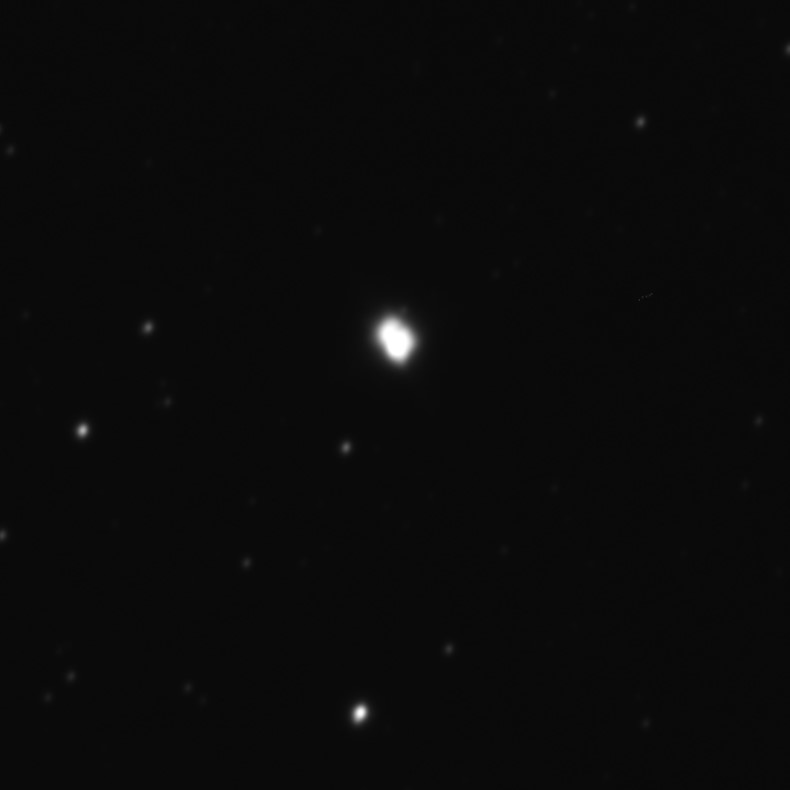
OK. Not much to see here. It looks like a barely resolved double star. No amount of playing with the midpoint improves the view. However SJO is seeing structure, so I think I may well have overcooked the exposures on this. I need to revisit.
It is one of the most studied Planetary Nebula; is one of the brightest radio source PN and is also one of the youngest at about 1000 years old. The central star is also one of the hottest at 2000,000C.
NGC6503, HT85
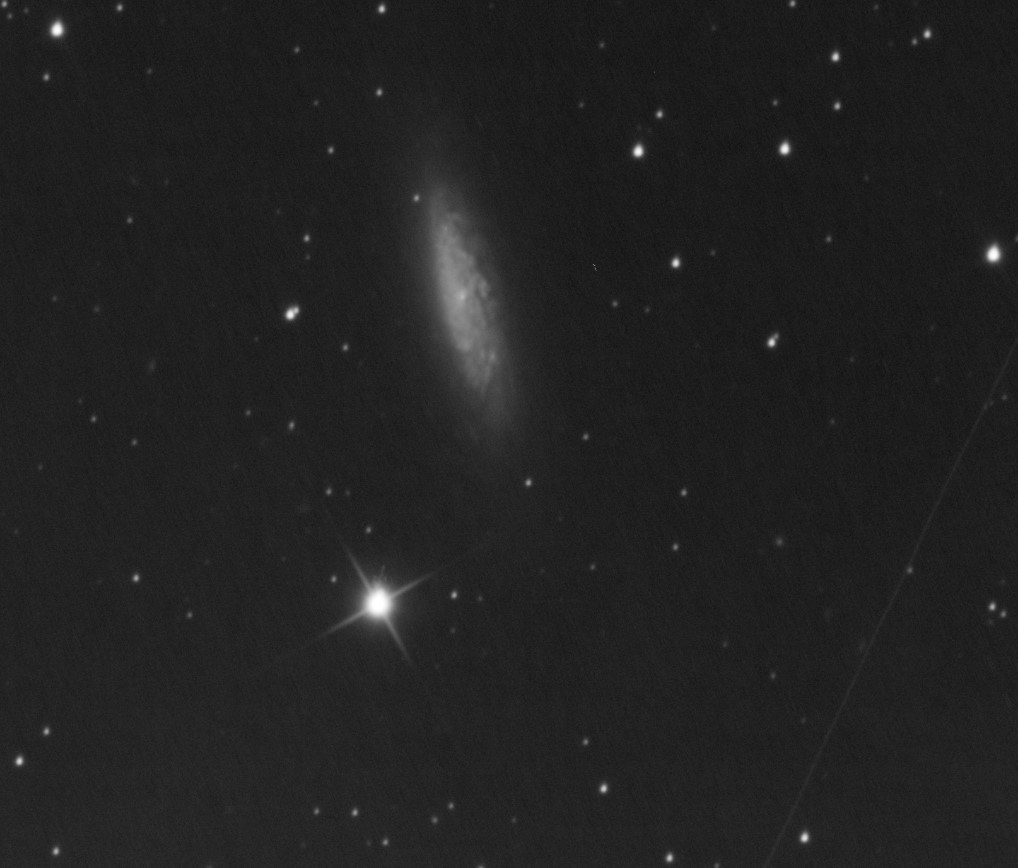
What a beautiful galaxy
Oriented NW / SE, this galaxy is packed with detail. After a few minutes of integration you can see the mottling of star forming regions. You can make out the dust lanes and at the centre is a compact but bright core. The galaxy seems asymmetric with the longer half towards the SE.
NGC6940, HT101

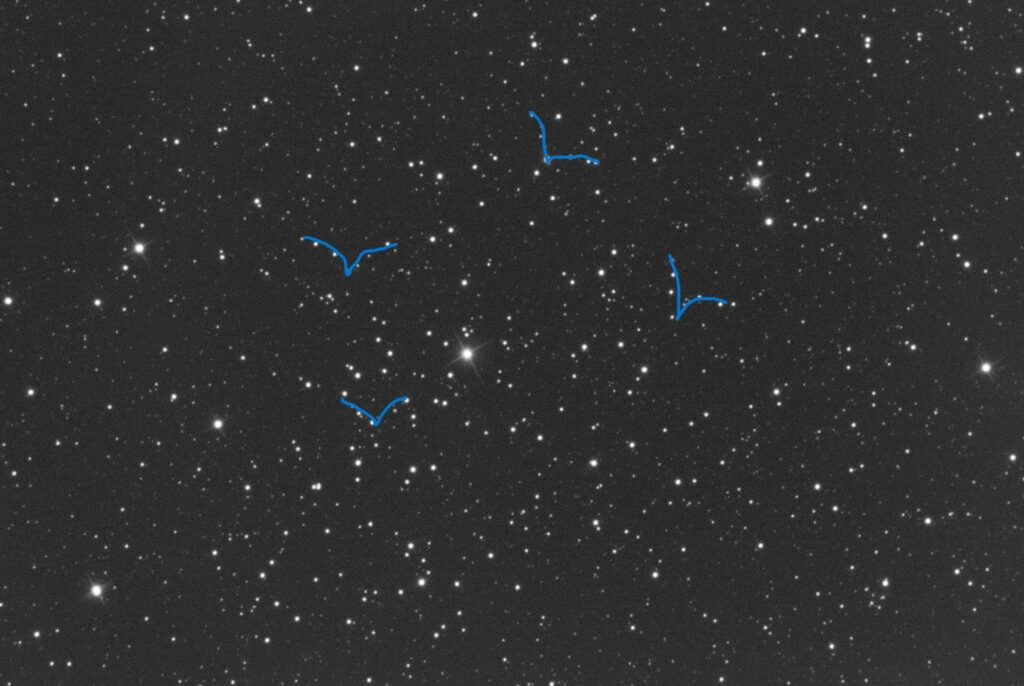
This is quite a loose open cluster. At its heart is the variable star FG Vul. It’s difficult to suggest where the outer edge of this cluster is and on looking at its calculated size, indicates it goes out of the frame somewhat. I need to revisit this one and observe with the TMB
I can see four flying bird shapes. You know the stylised ones you see in water colour paintings. But I am clutching at straws to find any interesting shapes in this one.
NGC7789, HT108
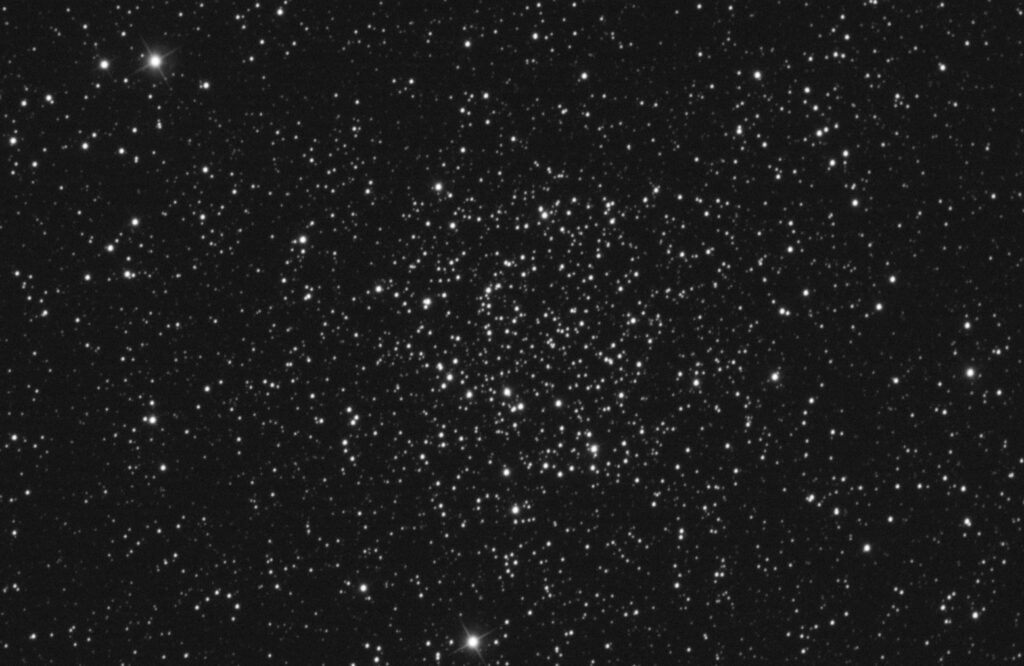
This looks better through an eyepiece. The EAA view is not as delicate. Maybe shorter subs would shrink the stars a little.
You can see the rose shape though. Two concentric crimped edged rings. The inner 6 arc/min in diameter and the outer 11 arc/min. If there is a stem, it extends towards the East. In amongst all that you do see 5 – 7 small circular shapes of stars, not all fully formed, that give it that feel of a flower head.
There is a line of seven 10th to 12th mag stars to the West of centre, running sort of North/South.
To my eye, I think it’s only about 11 arc/secs rather than the quoted 16.
NGC6905, HT19a
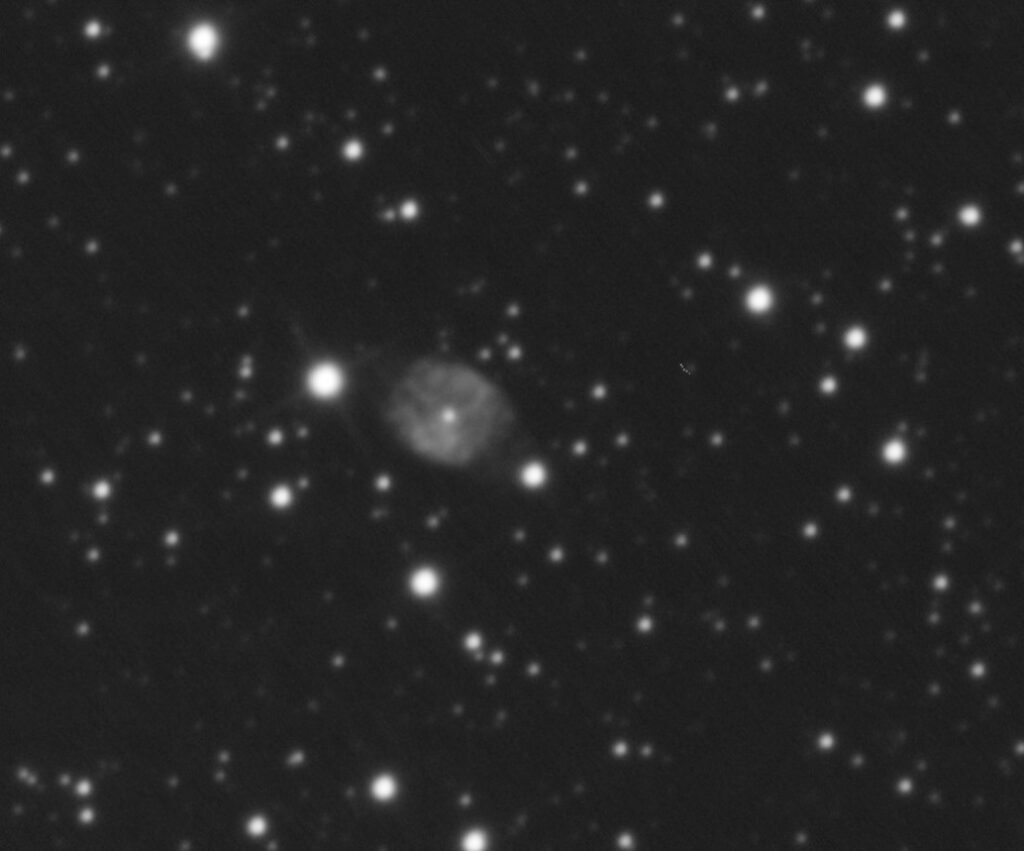
What a little beauty. Plainly obvious after the first 30 second frame. This PN is embedded along the baseline of a triangle of stars.
You can see the central star and radiating outwards are three spokes 120 degrees apart. The core is slightly mottled. It looks slightly squashed, and the outer ring is more rectangular that oval. I bet this would be quite easy to see visually.
NGC5907, HT12a
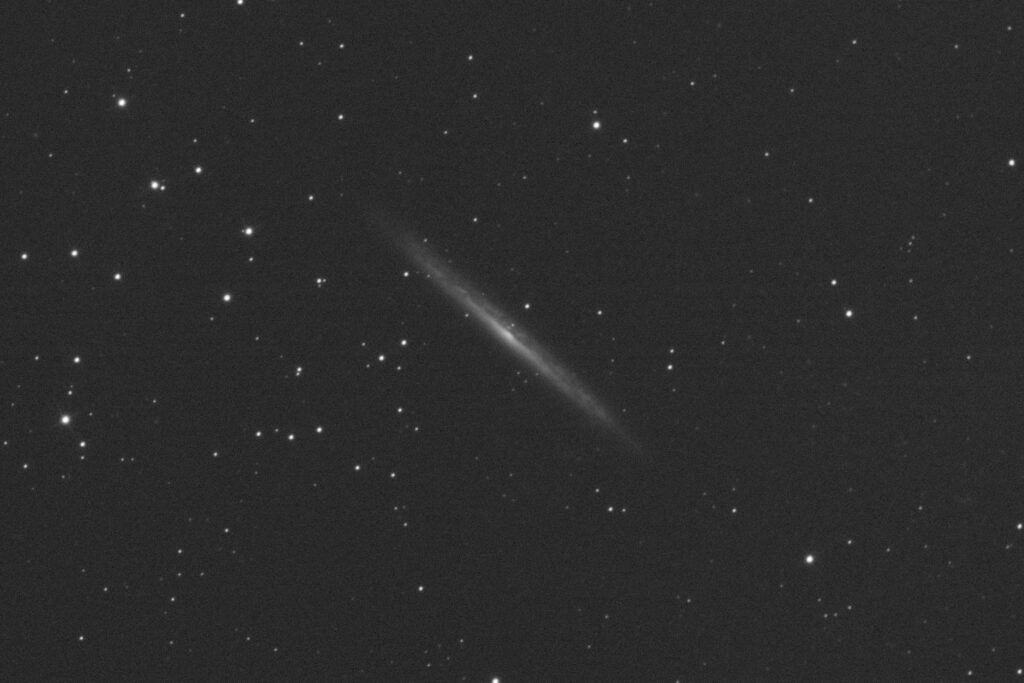
An edge on Galaxy which is huge. It is split into two halves along its length. The west half is the mottled dust lane edge on, where’s the east side you feel as though you are just peeking underneath to look inside where you see the core. This would be super to image for a long time.
NGC6818, HT99
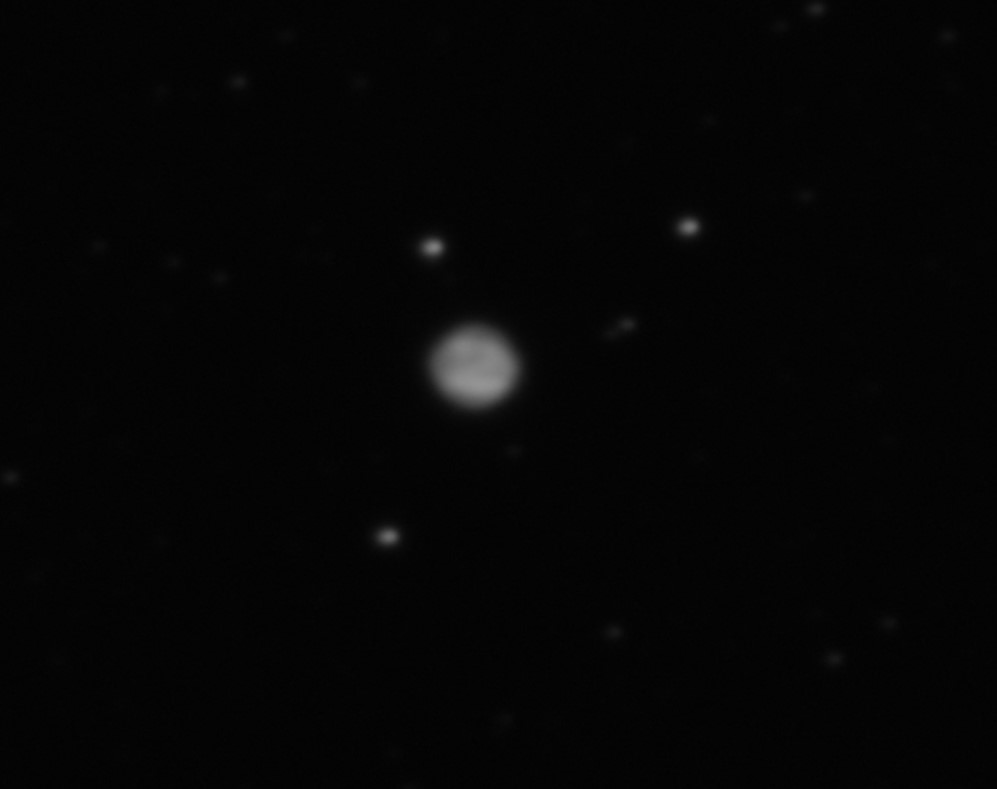
Another PN. This one is quite small. Just after two 30 sec frames it reminds me of Jupiter. There appears to be a bar running along its centre aligned N/S. I’m having to enlarge to 120% to see what little detail there is.
After 5 mins of integration this bar seems split with each half offset vertically. When you look at the Hubble image you start to see that these barred patched are the inner core – although I would have expected them to be lighter.
This is another one of those targets that needs shorter subs.
NGC6866, HT100
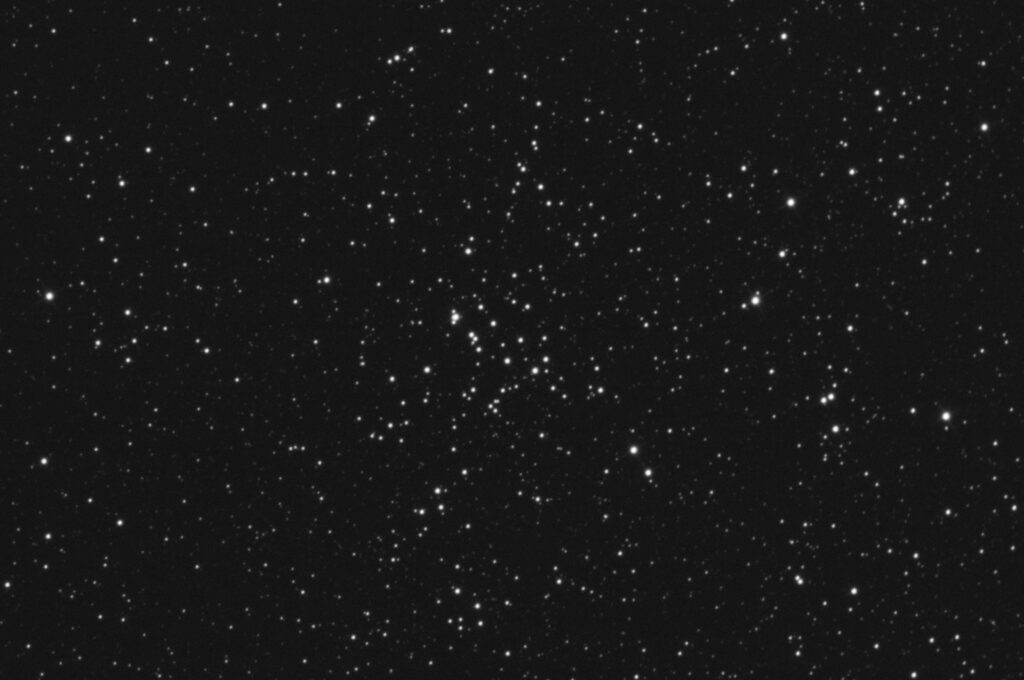
A pretty little open cluster with the main components covering no more than 5 arc/min. There is a symmetric shape of two lines of stars running and curving outwards towards the West like a fluted champagne glass, but without the stem.
SJM sees a frigate bird and if you look at Stellarium’s chart, I could at a push see and ungainly landing of a Crow, but not from a couple of integrations of 30 sec subs.
NGC6819, HT98
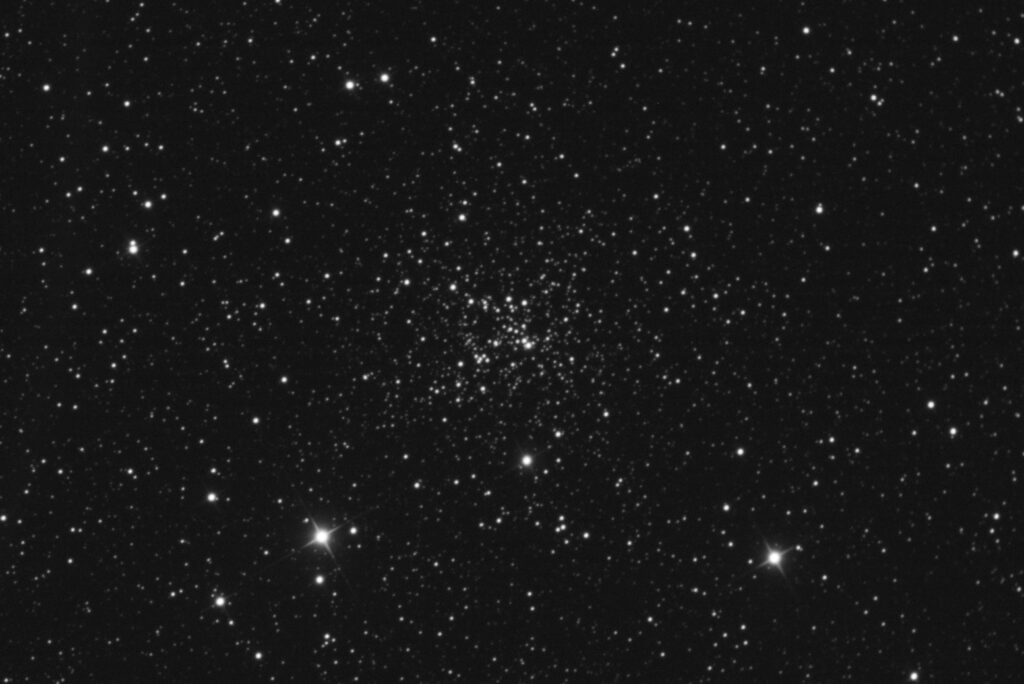
The first thing that hits you is an asymmetric ‘ X’ The longer of the legs being towards the North. If you stare at it long enough, I see one of those base jumpers who use a bat suit to extend their flight. At the tips of each of the X’s corner, is a joining line of stars that form the outer wing tips.
This would be a super view through the TMB. Although we are deep into the Milky Way here, if you look at a very widefield DSS view, this little cluster really does stand out against the background star field.